In July of 2024, seven murals on the walls of the All Nations hallway were painted over white. The murals carried deep meaning, traditions, and memories, representing over 25 years of student participation and art work, which with the arrival of a new principal, were erased. At first, despite community outrage, there wasn’t much action from administration about what took place until student leaders stepped up to lead the All Nations community in their healing.
The majority of All Nations students didn’t find out that the murals were gone until the first day of school: September 3rd, and at that point, it was too late. The subject of the erased murals was brought up during a student assembly on September 5th, where All Nations students spoke to the new principal, Ahmed Amin, about the significance of the murals and the impact they had on All Nations students. During the September 5th student assembly, many students shared that they were shocked at the removal of the murals, and demanded to know why they were painted over. “I found out about the murals that were painted over on the first day of school which was September 3rd of 2024. My initial reaction was [to ask] why were these murals painted over, and at what cost did the principal [make this decision]? [Did he] learn or ask about the history of the murals? Also, I felt this was an act of some sort of racism towards All Nations or Indigenous communities.” says Emmalena Espinoza, an All Nations junior and co-chair of the All Nations Student Council.
The murals were more than just paintings on a wall; they contained over 25 years of stories and meaning. “These murals had a big impact on my school experience. I watched my mom put her name on one of the murals that were for All Nations students when they graduated from South. Seeing my mom’s signature on the wall gave me the confidence to finish school just like her.” says Espinoza. There were two murals specifically that were about the student’s journey with school. One of them displayed figures of people in graduation caps and gowns. When All Nations students graduated from South, they would sign their names on the wall to celebrate completing high school (something that is culturally difficult for Native American students). The second Mural, the wall of handprints, symbolized the start of an All Nation’s students journey. All Nations freshmen would put their hands up on the wall and sign their initials. It’s important to do so because some students don’t get the chance to graduate, including Victoria Alvarez. Victoria lost her life at only 14 years old as a freshman in 2015. Additionally, there was a Missing and Murdered Indigenous Women (MMIW) mural painted to honor her and many other women who unjustly lost their lives.
These murals brought a sense of community to the program especially when it was needed the most. “It’s like a really strong sense of community and I know that All Nations has kind of had a rough spot since coming back from distance learning and COVID … students are longing for community.” said Kassie Benjamin-Ficken, a teacher on the Ed Pathway Program and All Nations Program The removal of the murals erased the symbolism and sense of community that All Nations students look toward for inspiration.
After having discussions with All Nations students, and observing the impact of the loss of the murals hearing what other All Nations students had to say, I spoke with Principal Amin to figure out what steps were being taken to fix the issue. “Essentially, the process was this: we walked through the building, looking for areas that needed to be updated, and then we worked with the paint shop to identify those areas. Then we apply paint to them. So the mistake that was made in this process was [that] we identified part of the All Nations murals as areas that needed to be updated when they were not. I tell people that I grew up in the Phillips neighborhood and someone [told me], ‘Well, you should know [the impacts of our community murals]. So lately, [I’ve been] driving around South Minneapolis [and noticing] there are a lot of murals up. I think I just never thought about murals and mural culture. What murals stood for and what they mean.” Principal Amin stated. After the assembly, Principal Amin hosted 3 community outreach sessions that would allow up to 15 people to attend. In response to the limit of people allowed to take part in the meetings, All Nations students decided to boycott the sessions. The students felt that there shouldn’t be a limit to how many people could take part, and that Principal Amin should not decide how the All Nations students would heal. That path should be up to the students.
Being in school in general is a difficult experience for native students considering our culture’s first introduction to school was residential schools, with the last one in America not being closed until 1978. Even after the schools were closed we still have a hard time in the education system due to racism and erasure still continuing. “It was residential schools that started that model, you know? That was our first contact with formal or institutionalized education, and that’s what they wanted to do. To get people to assimilate us, and if they couldn’t assimilate us, then get rid of us. We lost a lot of our connection to who we are as a people, our languages, our cultural practices, our traditions, and our ceremonies,” said Benjamin-Ficken. “I mean, we still see that living out in this situation right here, with our murals. Like, let’s continue this legacy of kill the Indian, save the man.” Just because residential schools don’t exist anymore doesn’t mean that the generational traumas and tragedies disappear. To myself and many others, this feels like an act of erasure. Whether intentional or not.
In response to all of these factors, the All Nations Student Council (ANSC) was formed this year and right away have stepped up to lead the community in healing. The council made their first appearance with the all school smudge on September 25th and they are planning to coordinate other events like this. One goal the ANSC has is to involve not just the All Nations program, but include other students and staff from South High School, students and staff from other Minneapolis Public Schools and members of local native communities. On October 11th the ANSC hosted their own community meeting at The Indian Center asking for feedback and advice. Principal Amin has also been working with the council, following their lead in the process of healing, saying, “I have to deal with the fact that I created additional harm, and I don’t get to decide what the healing looks like.” To some, Principal Amin’s response feels like a step in the right direction, but to others there is still a sense of doubt. “I feel like Principal Amin is trying to help us heal, but at the same time not really trying to get a good understanding of what these murals meant to All Nations Students and families,” said Espinoza. After speaking with South High students and staff, community members, and peers: many of them seem to agree with Espinoza’s response, and one thing is for sure: it is going to take a lot of time and effort to regain the trust of those affected by the egregious loss of these murals.

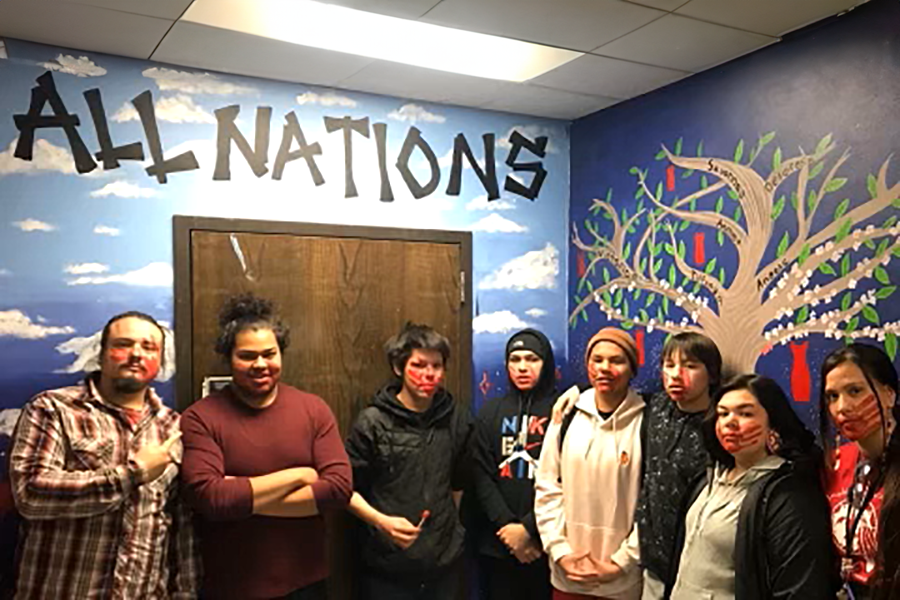



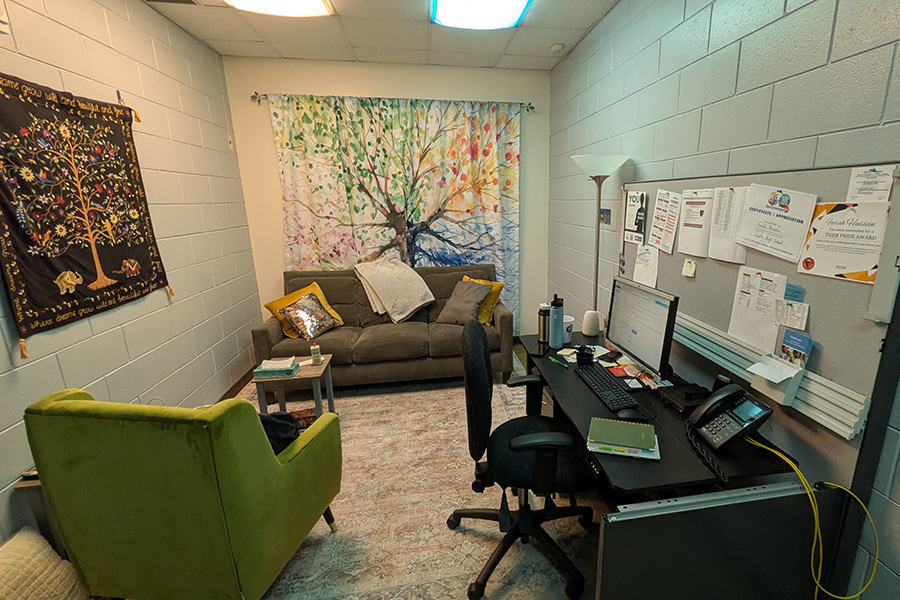
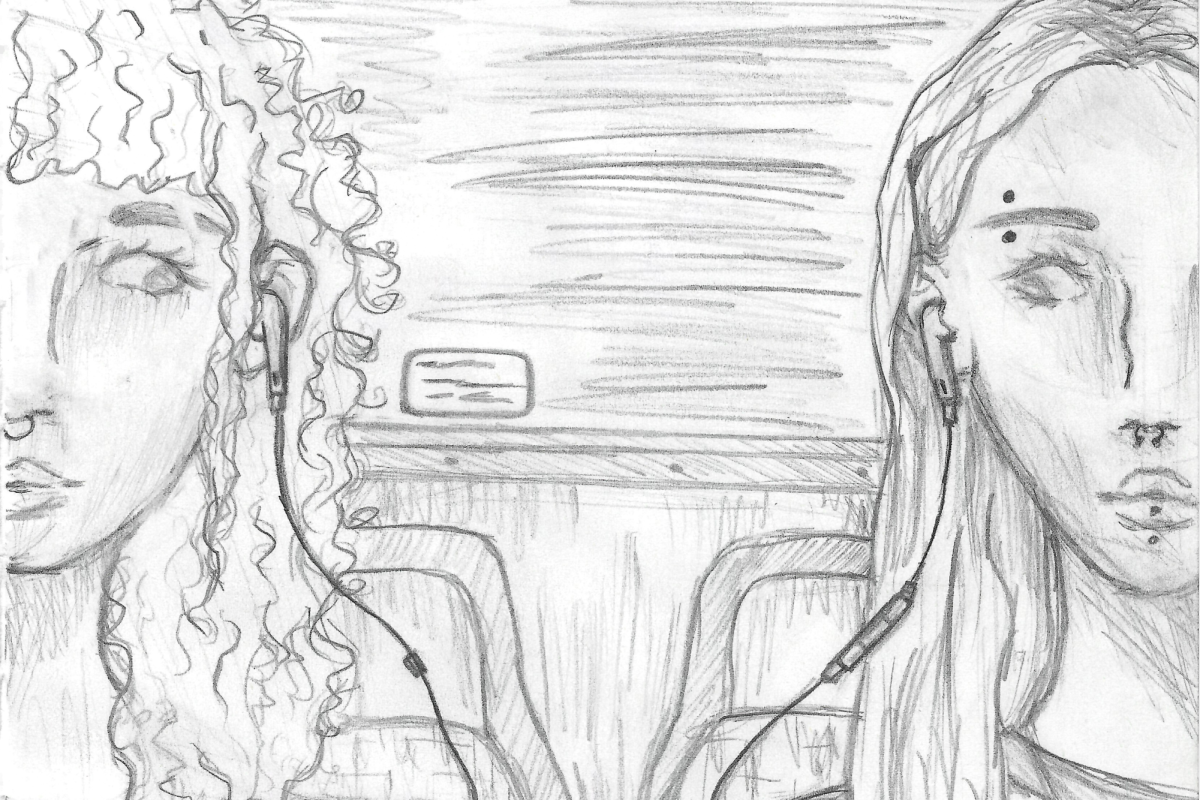
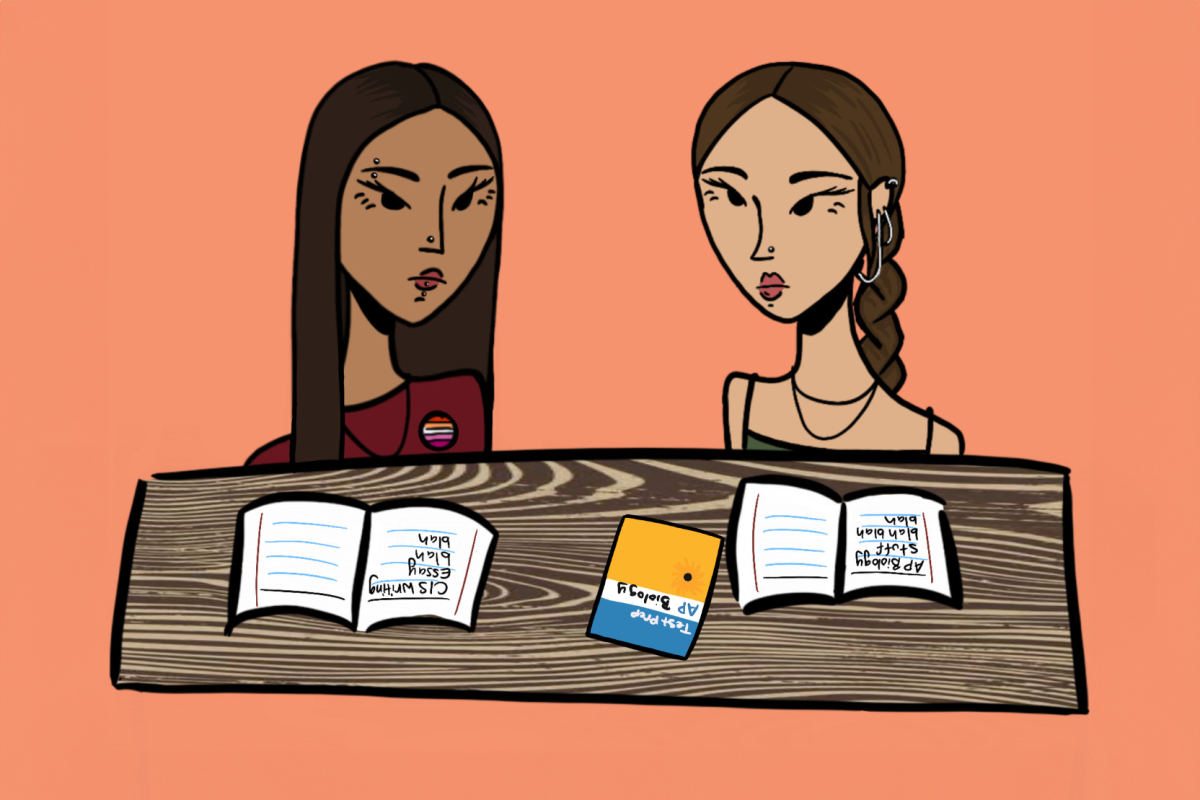
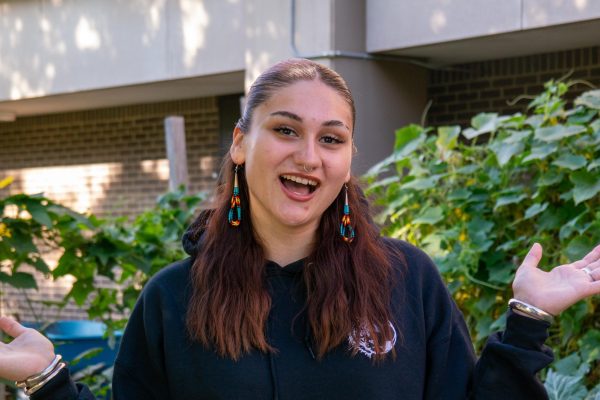
Emily • Oct 29, 2024 at 8:54 pm
Nurture the nature of our children
Maren Zobott • Oct 23, 2024 at 10:24 am
Excellent article, Bells!